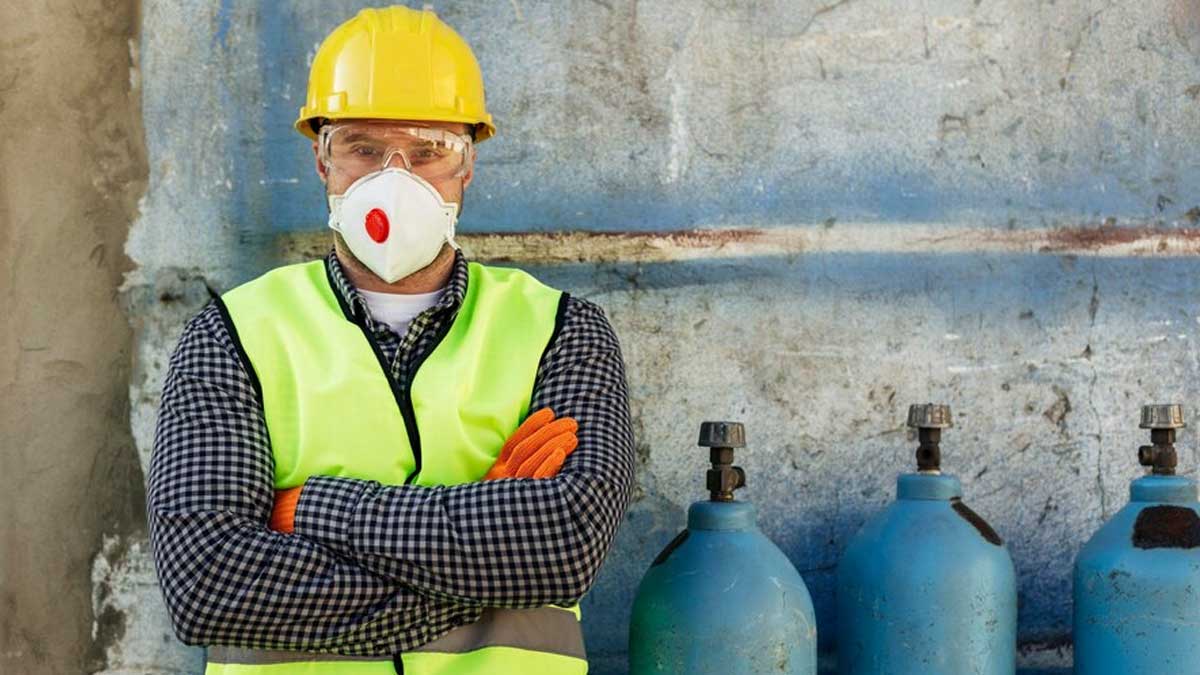
On the night of December 26, 2023, a significant ammonia gas leak from an underwater pipeline near Periyakuppam in Ennore sent shockwaves through the community, leading to widespread panic and health concerns. Residents reported difficulty in breathing and burning sensations in their eyes and faces, prompting hospitalizations and raising questions about the immediate and long-term effects of ammonia exposure.
Community Outcry and Environmental Concerns
Leaders from the fishing community in Ennore demanded that the area be declared affected by industrial accidents. They called for action against the responsible companies and compensation for those affected by the ammonia gas leak. Despite containment efforts, the Tamil Nadu Pollution Control Board recorded elevated levels of ammonia in the air and sea, surpassing safety standards. The incident has ignited concerns about both public health and environmental well-being, emphasizing the need for swift action and accountability.

Understanding Ammonia: A Colorless Hazard
Ammonia, a colorless gas with a strong odor, is a naturally occurring chemical found in the environment, including air, water, and soil. While it is present in plants, animals, and humans, it is also commonly used in various industrial and household cleaning products. Exposure to high levels of ammonia can result in irritation of the throat, lungs, mouth, skin, and eyes, with severe exposure potentially causing lung damage and, in extreme cases, fatalities.
Also Read: Risk Factors For Lung Cancer In Non-Smokers
Signs of Ammonia Exposure in the Lungs
When ammonia enters the lungs, it can lead to short- or long-term respiratory problems. The Centers for Disease Control and Prevention (CDC) highlights the immediate effects, including burning sensations in the throat and windpipe, swelling of airways, and potential corrosion of lung membranes. Prolonged exposure may lead to respiratory distress, asphyxiation, and, in children, increased vulnerability due to higher concentrations near the ground.
Symptoms of ammonia in the lungs may manifest as a burning throat, coughing, difficulty breathing, a tight chest, altered mental state, runny nose, eye irritation, and skin burns. The severity of these symptoms depends on factors such as the concentration and duration of exposure.
Also Read: Lung Health: 7 Different Ways To Know Your Lungs Are Functioning Properly
Treating Ammonia Exposure
Immediate medical attention is crucial for those exposed to ammonia, especially if symptoms of lung involvement are present. First aid measures include moving the affected person to an area with fresh air, keeping airways open, and providing respiratory support. Medical professionals may conduct physical examinations and tests, including blood and urine tests, to assess the extent of exposure and lung damage.
While there is no specific antidote for ammonia poisoning, treatment focuses on managing and reducing the injury caused by exposure. This may involve supplying humidified oxygen, using bronchodilators to ease breathing, and diluting ingested ammonia with water or milk.
Prevention and Protective Measures
Preventing ammonia exposure involves avoiding high-risk settings and using protective equipment such as respirators, clothing, gloves, and eye protection. Swift reporting of leaks or spills, proper labeling and storage of ammonia containers, and decontamination measures contribute to minimizing risks.
The recent ammonia gas leak near Ennore serves as a stark reminder of the potential health hazards posed by industrial incidents. Understanding the signs of ammonia exposure in the lungs and knowing how to treat it are crucial aspects of ensuring the well-being of affected individuals. As communities and authorities grapple with the aftermath of such events, proactive measures, accountability, and public awareness become essential in preventing and mitigating the impact of ammonia leaks on both human health and the environment.







